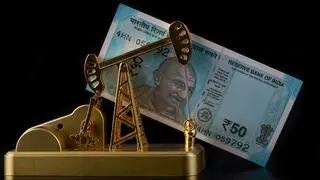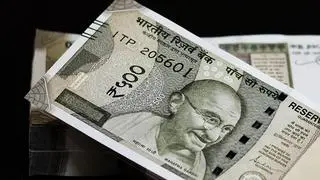There is no such thing as sewage. Factually, it is water carrying the wastes dumped into it by society. If we can take out these wastes, it is again water — much like the conveyor belt in industries. The wastes are those which are either in micro-suspensions or dissolved and water-borne disease-causing organisms passing out through the faeces of the persons suffering from typhoid, cholera, jaundice, etc.
Technologies to remove all these have evolved over the decades and Chennai demonstrated this in real-time, for the first time in the world in 1995, by commissioning two advanced sewage reclamation plants at Madras Refineries and Madras Fertilizers and using the recovered water to replace the fresh water for use as cooling water in these industries.
At that time, the sewage reclamation plants were for 30 million litres per day (mld) when the city’s water supply itself was only 225 mld. These plants continue to function to this day and the potability of the recovered water was also demonstrated in those times.
Though potability was achieved, the concept of “toilet to tap” is neither considered practical, nor advocated in public water supply, though it was implemented in Windhoek, Namibia, way back in the 1950s when fresh water ran dry and sewage was treated to recover public water supply, which continues at 40 mld even now. The public drinking water, of course, comes from limited storages and groundwater.
Later trends involved adopting the recovered water as an indirect source of public raw water. Orange County in the US blends recovered water and coastal borewell water at some 300 feet and injected into coastal borewells at about the same depth to be extracted inland and, thus, making it a recycle. Singapore recovers water from its sewage and puts it into the raw water reservoir at about 30 per cent and draws the blend, treats and distributes as public water supply.

Chennai has a vast potential for an Orange County-like reuse. The Kortalaiyar River flowing north of Chennai has a sandy channel below the river’s clay layer which extends nearly 200 km inland. Half of Chennai’s sewage is treated at its plant near Manali and is wasted into the sea. Here is the opportunity to follow Orange County where the rainfall is about only half of Chennai’s but its water supply is about thrice.
Understandably, the barrier is socio-political. As observed in the ‘Wastewater Management: A UN-Water Analytical Brief’, there is a real need to cultivate political interest in this area. Systems are biased towards “business as usual” and only if political leaders see either threats or opportunities are real changes likely to occur.
Possibly, such a situation is now confronting Chennai. Seawater desalination plants are of course proven but the cost is ₹50 per 100 litres, against only about ₹10 per 1,000 litres in the case of indirect reuse by injection/abstraction in nature’s safe deposit vault right here.
The writer, a desalination expert, was formerly associated with Chennai’s water regulatory body








Comments
Comments have to be in English, and in full sentences. They cannot be abusive or personal. Please abide by our community guidelines for posting your comments.
We have migrated to a new commenting platform. If you are already a registered user of TheHindu Businessline and logged in, you may continue to engage with our articles. If you do not have an account please register and login to post comments. Users can access their older comments by logging into their accounts on Vuukle.